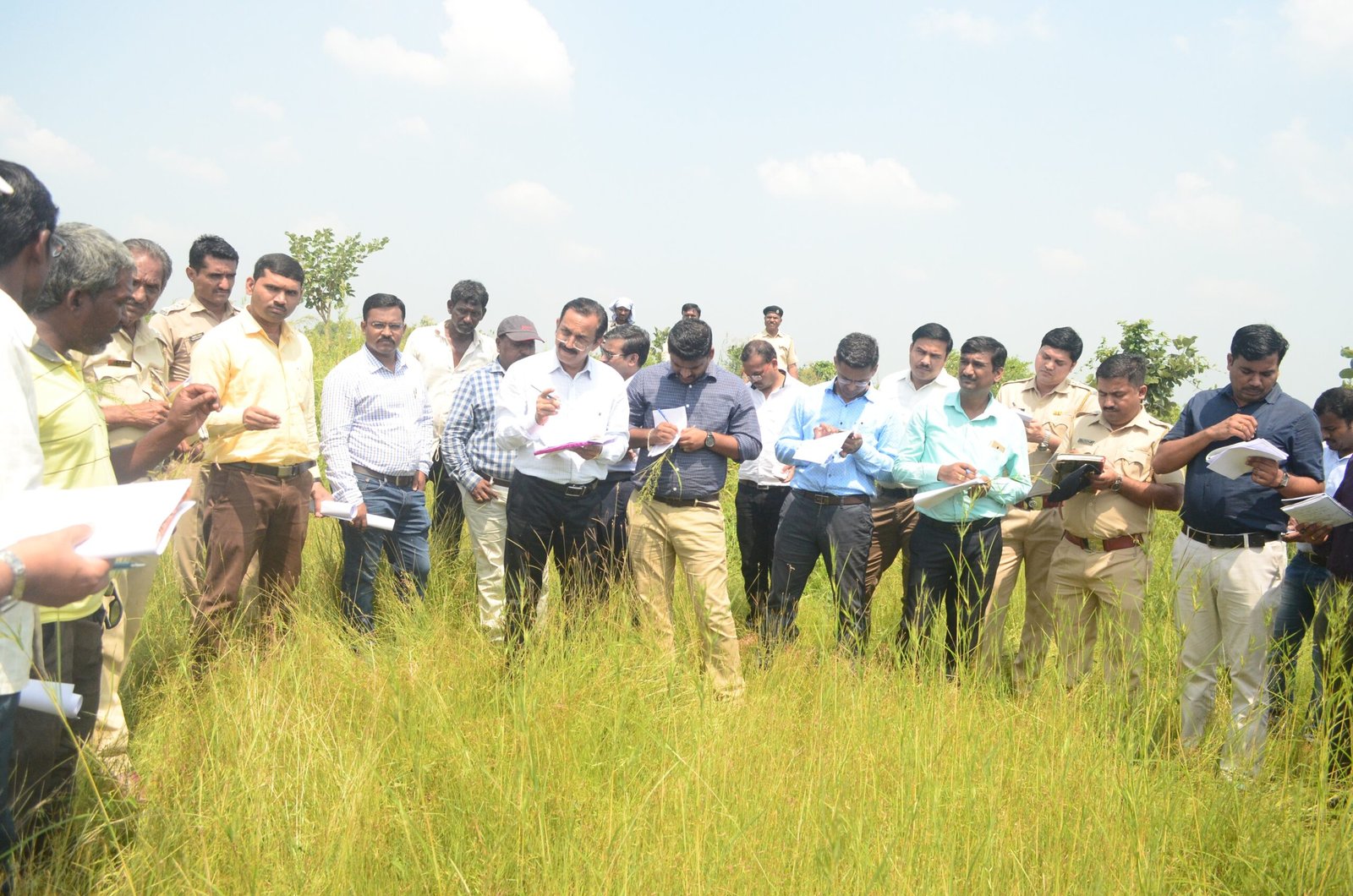Imagine a vast, underground reservoir that has been silently sustaining life for thousands of years. These are aquifers, the hidden lifelines beneath our feet. However, they are quietly failing, threatening the very essence of life on Earth. As the world faces unprecedented challenges in water scarcity, understanding the significance of aquifers becomes crucial. This article delves into the intricate world of aquifers, exploring their formation, current plight, and the potential consequences of their depletion.
The Hidden Reservoirs Beneath Us
Aquifers are like giant sponges hidden beneath the Earth’s surface, storing water that seeps down from the surface over millennia. They are a geological marvel, formed from porous rock and sediment that can hold vast amounts of water. Typically, aquifers are recharged by rainwater or melting snow, but the process is slow, taking years or even centuries. These underground reservoirs have been sustaining human civilizations for ages, supplying water for agriculture, industry, and personal consumption. Unfortunately, the increasing demand for water has turned these life-giving aquifers into a ticking time bomb.
The Growing Thirst for Water
The world’s population is on a relentless upward trajectory, and with it, the demand for water. Agriculture alone accounts for about 70% of global freshwater usage, a statistic that underscores the immense pressure on aquifers. As cities expand and industries grow, the demand for water intensifies, leading to over-extraction. This over-reliance on aquifers has resulted in their depletion at an alarming rate. In some regions, water is being pumped out faster than it can be replenished, akin to withdrawing money from a bank account without any deposits.
The Science Behind Aquifer Depletion
The science of aquifer depletion is complex but fascinating. When water is extracted from an aquifer, the pressure within decreases, causing the surrounding land to settle or subside. This phenomenon, known as land subsidence, can lead to infrastructure damage and increased flooding risk. Moreover, as the water table drops, the quality of the remaining water often deteriorates, becoming more saline or contaminated. Scientists are using satellite technology and ground-based measurements to monitor these changes, providing critical data to understand the full scope of aquifer depletion.
Regions at Risk
Certain regions of the world are more vulnerable to aquifer depletion than others. The Middle East, parts of India, and North China Plain are among the areas facing severe water stress. In the United States, the Ogallala Aquifer, which spans eight states, is being drained at an unsustainable rate. These areas rely heavily on aquifers for agriculture and daily living, making the stakes incredibly high. The failure of these ancient water sources would lead to dire consequences, including food shortages and mass migrations.
The Impact on Ecosystems
Aquifers do not only serve human needs; they are crucial to maintaining healthy ecosystems. Many rivers, lakes, and wetlands are fed by groundwater, and as aquifers deplete, these ecosystems suffer. Aquatic life depends on the steady flow of fresh water, and the reduction in groundwater levels can lead to the drying up of rivers and wetlands. This can result in the loss of biodiversity, as plants and animals struggle to survive in altered environments. The ecological balance, once disturbed, can have far-reaching effects on the entire planet.
Technological Innovations in Water Management
Addressing aquifer depletion requires innovative solutions and a commitment to sustainable water management. Technological advancements like drip irrigation and precision agriculture can significantly reduce water usage in farming. Desalination and wastewater recycling offer alternative water sources, reducing the reliance on groundwater. Furthermore, smart water management systems that utilize data analytics and the Internet of Things (IoT) can help monitor and optimize water usage. These technologies represent hope in the ongoing battle against water scarcity.
Policy and Governance Challenges

The management of aquifers is a complex issue that involves multiple stakeholders, including governments, local communities, and industries. Effective policies must be implemented to regulate water extraction and ensure equitable distribution. However, the challenge lies in balancing economic growth with sustainable resource management. International cooperation is often required, as many aquifers span national borders. Strengthening governance frameworks and fostering collaboration among nations is crucial for the preservation of these vital water sources.
Community-Led Conservation Efforts

Communities around the world are taking matters into their own hands, leading grassroots efforts to conserve water and protect aquifers. Rainwater harvesting, community-based monitoring, and education programs are empowering people to take action. These initiatives highlight the importance of local involvement in resource management. By fostering a sense of ownership and responsibility, communities can play a pivotal role in safeguarding their water sources. Such efforts demonstrate that collective action can bring about meaningful change.
The Role of Education and Awareness

Raising awareness about aquifer depletion is essential for driving change. Educational programs and public campaigns can inform people about the importance of conserving water and protecting aquifers. Schools, universities, and NGOs can play a significant role in disseminating information and encouraging sustainable practices. By instilling a sense of responsibility in future generations, we can ensure that the legacy of aquifers is preserved. Education is a powerful tool in the fight against the silent crisis beneath our feet.
A Call to Action for a Sustainable Future
As we stand at the brink of a water crisis, it is imperative to act swiftly and decisively. The silent depletion of aquifers is a time bomb that threatens the very fabric of life on Earth. We must embrace sustainable water management practices, invest in technological innovations, and foster international cooperation. By doing so, we can ensure that future generations inherit a world where water is abundant and ecosystems thrive. The time to act is now, for the sake of our planet and all its inhabitants.



